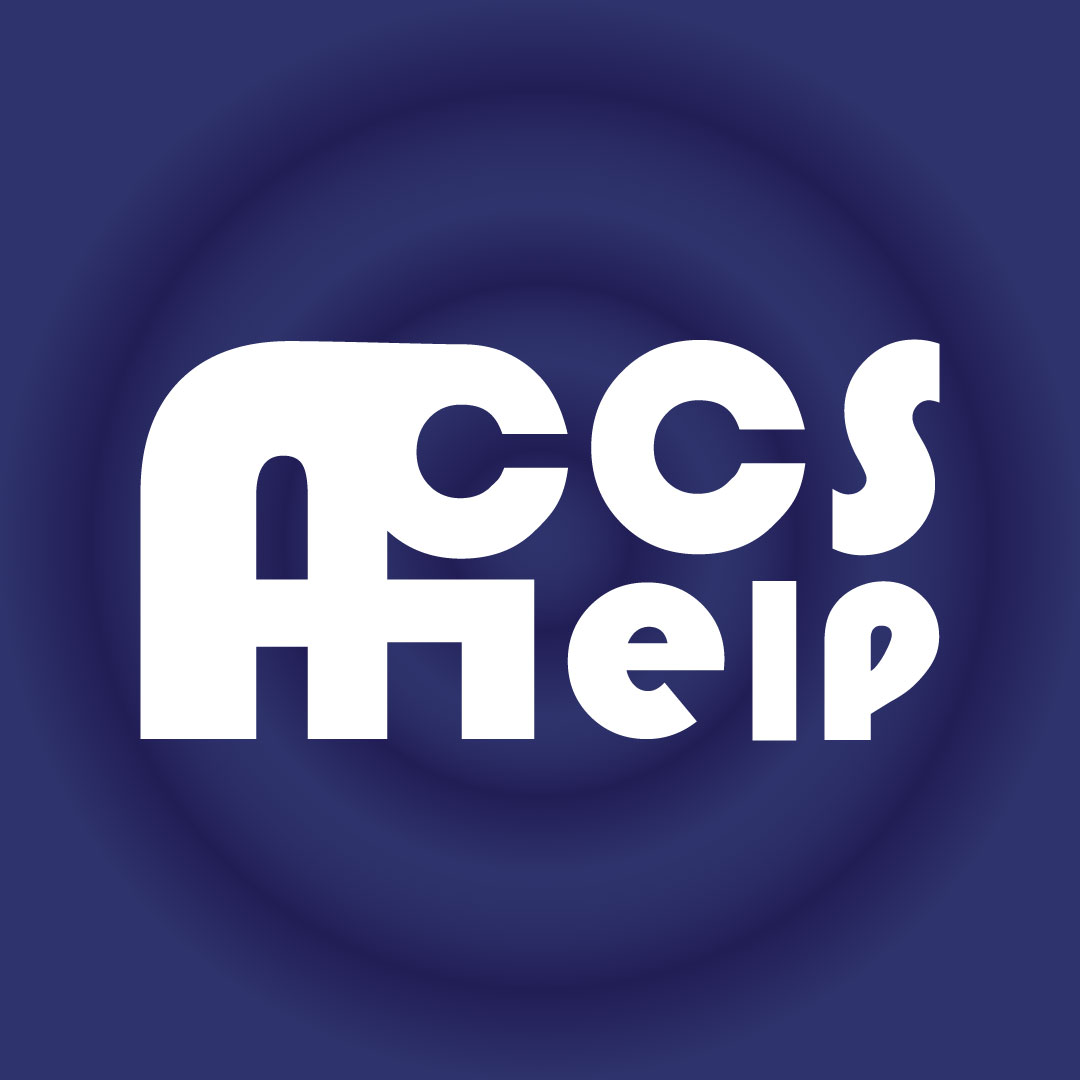SEO depend on the HTML structure?
 Accshelp
Accshelp
In case you missed the most recent Search Off the Record podcast episode, Gary Ilyes of Google caused a sensation when he said that HTML structure isn't really important for SEO.
Subsequently, he explained on LinkedIn that "not mattering much" does not equate to "not mattering at all." That didn't, however, end the SEO debate.
Unable to stay out of the discussion, I had to weigh in and try to dispel some common misconceptions and arguments that were coming up.
So, does SEO take into account HTML structure?
The response is variable.
When Illyes discussed HTML structure, he was probably alluding to some of the topics that SEOs find particularly fascinating:
Number of H1 tags present on a page.
The ordering of H tags.
Whether the selected item is a <strong> or <b> tag.
A design of tables as opposed to CSS.
How high up the text appears in the source code.
All of these are topics that I have seen SEOs talking about throughout the years, and although some of them were important in the past, that is no longer the case.
We need to be clear about a few things before discussing when HTML matters and doesn't for SEO.
Accessibility still heavily depends on the HTML structure.
However, accessibility is not directly related to ranking and is thus beyond the purview of this article.
As previously said on X, it is possible that your SEO results may be impacted if people are hesitant to link to or visit your website in the future if it is not accessible.
Accessibility vs. SEO and heading tags are even included explicitly in the most current version of the Google SEO Starter Guide.
Screen readers benefit greatly from headers that are in semantic order, but Google Search doesn't care if you use headings out of order. Google Search seldom depends on semantic implications concealed in the HTML standard since the web is not valid HTML in general.
Furthermore, a page does not always need to include a certain number of headers. But it's probably too much if you feel that way.
But what about the HTML structure's other components?
Our mental understanding of how search engines operate is the primary problem here. When lexical search predominated in search engines in the 1990s, the majority of people still use that paradigm. Finding the document that uses the phrase the most, in other words,.
These search engines featured scoring systems that prioritized instances of the bolded phrase and tallied an H1 above an H2, among other modifications.
Search has, regrettably, shifted from a lexical to a semantic approach, which is more advantageous for our mental model.
In semantic search, instead of just focusing on word counts, the text is transformed into vectors, and algorithms such as BERT, Rank Brain, etc. are used to evaluate the "meaning" of the query and the content. A significant amount of HTML is lost during the content conversion process to vectors.
Rendering is involved in this as well, in addition to vectors. Google no longer has to depend on HTML suggestions since it can now display JavaScript and analyse the Document Object Model (DOM). Not only may they use passage-bert and other similar algorithms to find the most relevant excerpt on the page, but they can also employ a variety of other techniques to find the primary heading, even if it isn't included in a <h1> tag.
Although the <h1> element is present, other cues include the phrase itself, the font size, and its location in relation to the content. There are a lot of SEOs that, while having a large 30-point text element that is just a <span> tag in the centre of the page, markup only a little portion of the menu with an H1.
It used to be difficult for search engines to recognise that enormous <span> element as the page's "heading," but these days, they can do it almost perfectly.
Using nested items and appropriate H tags is still recommended. To tip the search engines, keep in mind that accessibility is still important. You should do that because it will be better overall, cleaner, simpler, and more accessible. Search engines don't have to depend only on markup; I'm just saying.
The many H1 tags represent another myth. I hate this more than anything.
Since HTML5 and its many parts were introduced, having numerous H1 tags on a page is perfectly acceptable (and, in some situations, necessary for accessibility). This won't have an impact on your SEO efforts. (Or else you risk raising some spam warnings by filling it with keywords and designating it as an H1.)
What is the purpose of a search engine, then? (I could go into great detail on information retrieval and would love to discuss it over a few drinks at any moment, but I'll oversimplify here.)
Simply put:
They will all pick up title tags, body content, and significant headers (which may or may not be H1, H2, etc.).
The sections will then be sent into a machine learning algorithm and ranker after being evaluated for relevance to the question using both lexical (e.g., BM25) and semantic (e.g., cosine similarity) criteria.
The lesson here is that they probably don't care anymore whether it's an H1 or H2, they simply care that their algorithm recognises it as the page's "heading."
The same is true for div and span tags, bold text, etc. Whether an algorithm (like BERT) deems anything relevant to the query is the key consideration.
In order, what part does HTML structure play?
In many cases, the HTML structure of your website may make or break your SEO approach. For instance, your canonical tag won't be visible if it is placed in the <body> rather than the <head>.
Similarly, Googlebot's Chrome version will presume you forgot to close the head and start the body if you include a <div> in your <head> tag. As a result, it may move some of your crucial SEO tags into the body, where they will likely be disregarded.
You have no idea how often I see this. A single person who accidentally copies and pastes code into the wrong place inside Google Tag Manager could ruin your entire website. I advise customers to make sure their SEO tags are positioned higher in the <head> than any other tags because of this.
Other HTML coding methods may be harmful to SEO.
For instance, even though consumers won't be able to detect the difference, search engines won't consider your website to have a link if it uses a <span> with an onclick event in place of a <a> tag with an href attribute. Don't do that; it has some accessibility problems as well.
Search engines demand a <img> element with a src= property when it comes to pictures. You would be shocked at how many slow-loading plugins use srcset= instead of src=. This is because, according to my most recent testing, srcset= is supported by current browsers but isn't considered by Google as an "image" for image ranking.
None of these instances, in my opinion, represent what Illyes intended to convey when he discussed HTML structure. He was probably making reference to the well-known justifications for bold tags, header nesting, etc.
Does the structure of HTML affect SEO?
That varies. (Sorry, I couldn't help myself!) Yes, it really does matter whether your markup makes something unavailable or invisible. Attempts to manipulate the arrangement of headers or bold certain content in the hopes of boosting your ranking are unlikely to be successful.
Subscribe to my newsletter
Read articles from Accshelp directly inside your inbox. Subscribe to the newsletter, and don't miss out.
Written by

Accshelp
Accshelp
You can buy quality products at very low prices from our website. And there is an opportunity to return the money. Doing business with integrity is our main goal. Happy Shopping with Accshelp